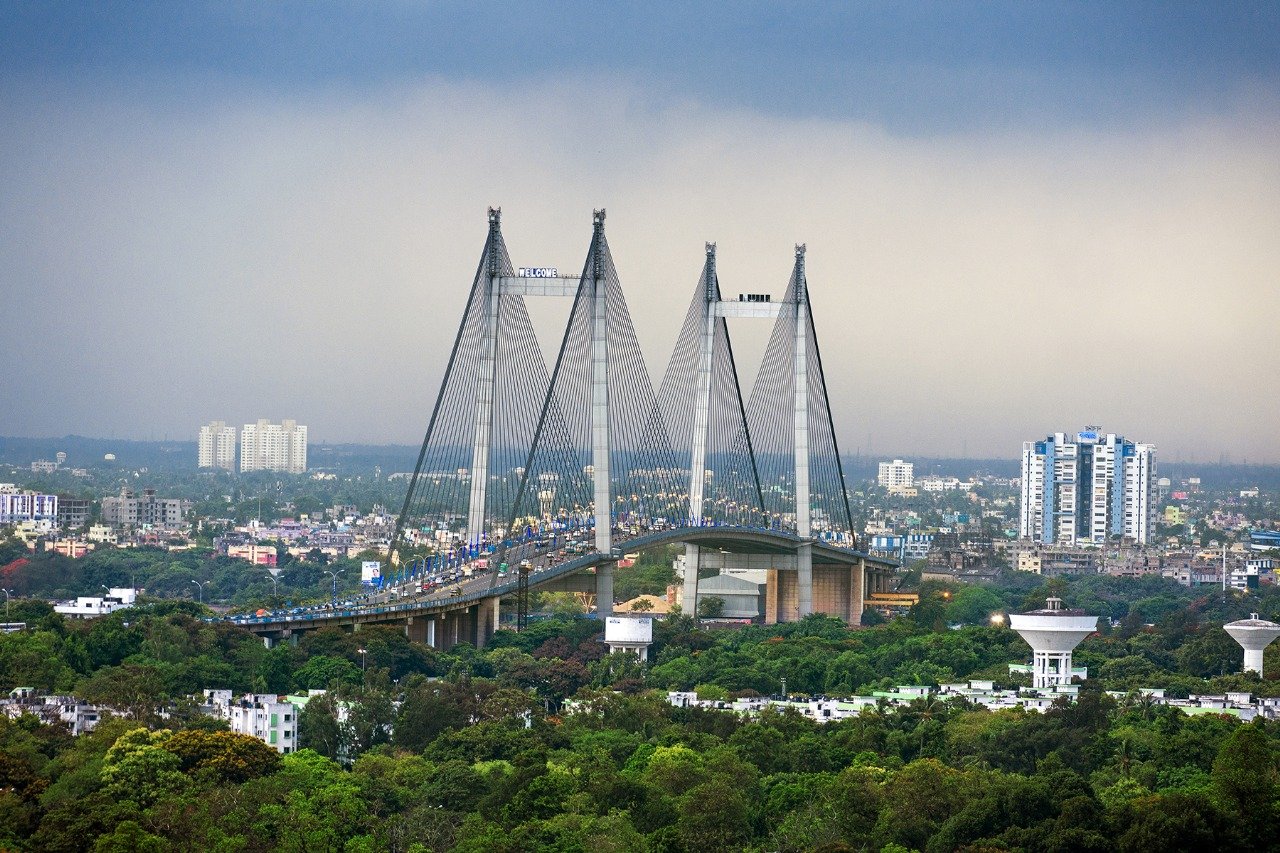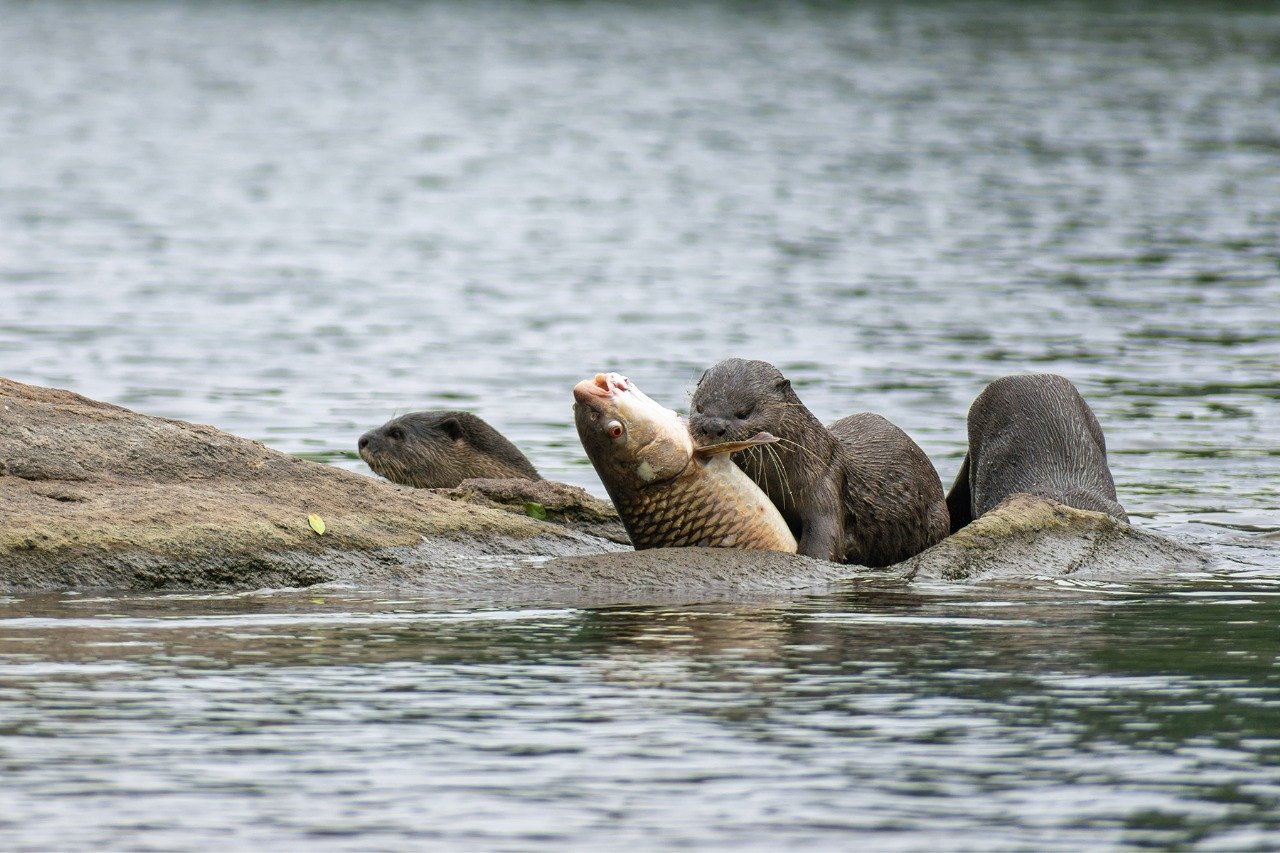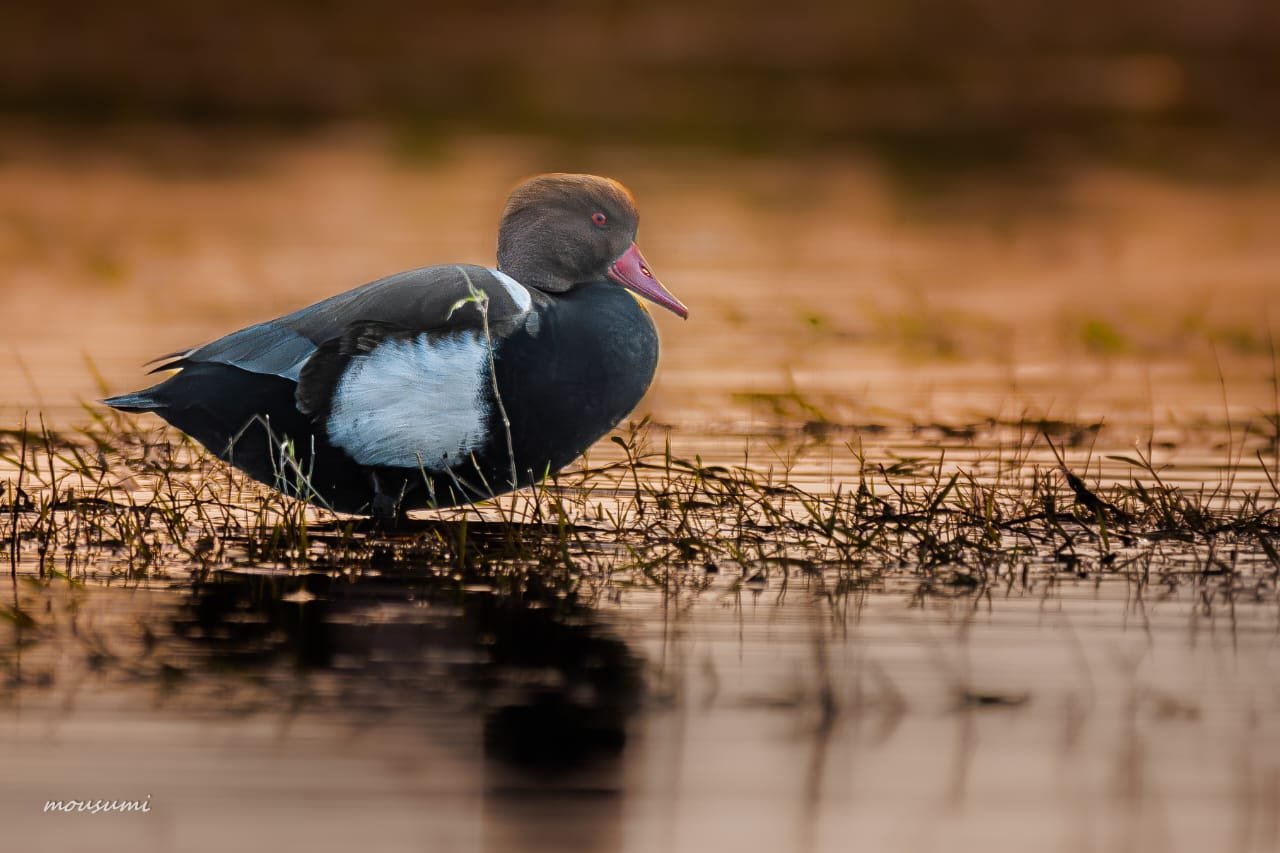“Just before or just after sunset,” he says, “that’s when cityscapes come alive. The light is soft, the atmosphere is calm—it creates a feeling you just can’t replicate at any other time of day.”

In Kolkata, the evening light lingers gently over the city, softening the hard lines of bridges, buildings, and the river into hues of blue and gold. For Dinesh Kapur, this fleeting interval—the “blue hour”—is the most honest time to photograph. He often waits for it with quiet anticipation, camera steady in hand, attention tuned to the changing light. “Just before or just after sunset,” he says, “that’s when cityscapes come alive. The light is soft, the atmosphere is calm—it creates a feeling you just can’t replicate at any other time of day.” The way he speaks, always tied to how light transforms a scene, reveals the quiet passion with which he approaches his craft.
The Photographer’s Journey
Kapur’s journey with photography began more than three decades ago, not with professional ambitions but with curiosity. As a young man in his early twenties, he bought a small compact camera to capture fleeting moments. Back then, it was all film. “You had no idea how the picture would turn out until it was developed,” he recalls with a smile. Rolls were loaded, frames composed, mistakes accepted. Practice meant patience, and patience became part of his language. Eventually he moved to a Nikon SLR, running roll after roll through its body and teaching himself by repetition. He photographed friends, people around him, landscapes, even a few attempts at wildlife. “I was casual about it,” he admits. “But I enjoyed it. And that interest never left me.”
Over time, the habit of carrying a camera became something deeper. Photography was never just about collecting images; it was about what happened inside when he held the viewfinder to his eye. “When I’m photographing, I’m not thinking of work or anything else. I’m simply there—observing, framing, clicking. It keeps me grounded.” That act of presence—seeing fully and without distraction—soon became his therapy. The camera gave him a reason to step out, to walk slowly, to notice what might otherwise pass unseen. Whether it was a bird at Rabindra Sarovar, the steel skeleton of Kolkata’s foundry district, or the riverfront glow of Howrah Bridge, what mattered was the feeling of being there, attentive, in the moment.
Over time, the habit of carrying a camera became something deeper. Photography was never just about collecting images; it was about what happened inside when he held the viewfinder to his eye. “When I’m photographing, I’m not thinking of work or anything else. I’m simply there—observing, framing, clicking. It keeps me grounded.” That act of presence—seeing fully and without distraction—soon became his therapy. The camera gave him a reason to step out, to walk slowly, to notice what might otherwise pass unseen. Whether it was a bird at Rabindra Sarovar, the steel skeleton of Kolkata’s foundry district, or the riverfront glow of Howrah Bridge, what mattered was the feeling of being there, attentive, in the moment.
Work and life, however, had their demands. For years Kapur travelled widely on his job—to Bangalore, Chennai, and other cities in South India. These trips became opportunities to photograph unfamiliar streets and skies. Sundays, too, often turned into small escapes with his camera. But time has a way of narrowing. “These days I shoot less,” he admits. “I still want to pick it up again, but I can’t travel outside as much as I’d like.” Yet even in this pause there is no regret. His shelves already hold thousands of photographs, and his eye remains alert for the next moment when life and light align.
For Kapur, light is the quiet director of every image. Wildlife demands mornings and evenings, but his own heart lies with dusk, when the city softens into colour. He waits for that glow—the subtle reflections across the Ganga, the softened outlines of buildings, the calm between day and night. A photograph, he believes, can rise or fall entirely on the quality of its light. And so he waits, as patient with the world as he once was with film, ready to release the shutter when atmosphere and feeling converge.
This patience extends to his technical choices. He insists on shooting in RAW rather than JPEG—not out of fashion but for control. “Your camera isn’t always accurate with light or colour. With RAW, you can adjust later without losing detail. JPEG is fine for casual use, but serious photographers prefer RAW.” His editing philosophy is equally restrained. Enhancement is acceptable; manipulation is not. “You can increase vibrance, saturation, sharpness—make the picture closer to how you felt when you clicked it. But adding or removing elements, changing the composition—that’s not photography anymore. I never do that.” The line he draws is firm: photography is about preserving the truth of a moment, not fabricating one.

Photographer’s Camera Specifications
His choice of gear reflects the same practicality. Today he uses a Nikon D7200, an APS-C camera that has served him faithfully for years. Alongside it he keeps four to five lenses, each chosen for its role. His most used is the 18–140mm zoom, a versatile lens that lets him frame scenes widely or tightly as needed. “For general photography, it’s perfect,” he explains. A 35mm f/1.8 prime sits in his bag as well, though it comes out mainly for portraits or when he wants background bokeh in low light. “Primes are sharper, yes, but they lock you to one focal length. For the kind of work I do, flexibility is more useful.” When he steps into birding or wildlife, he reaches for longer zooms—300mm, 400mm—since reach is non-negotiable. Wide angles serve him in landscapes, when expanses of land or sky need to be drawn into the frame. What matters most to him, though, is not the camera body but the lens itself. “These days, all camera bodies are excellent. The lens is what makes the real difference.” Professionals may invest in high-end glass like the 24–70mm f/2.8 or 70–200mm f/2.8; for himself, mid-range lenses strike the balance. “Unless you’re working at the top professional level, you don’t need to spend on extremely expensive lenses,” he says—a reassurance for enthusiasts who feel pressure to upgrade.

Like many photographers of his generation, Kapur has watched the rise of smartphones with curiosity. He uses an iPhone and acknowledges its power. “Smartphones are amazing now. They can even shoot in RAW. For social media, for videos, they are excellent. People even make short films on iPhones.” But he is clear about the limits. Wildlife and bird photography, for instance, remain out of reach. Even in portraits and landscapes, the difference shows when images are transferred to a computer or printed. “On small screens, smartphone images look great. But on a large screen, the depth and detail of a DSLR with a good lens cannot be matched.” For him, the phone is a complementary tool, not a replacement. “You always have your phone with you. If a moment comes and your camera isn’t there, you can still capture it. That’s a gift. But a phone can’t replace a proper camera.”
Through all his reflections runs a simple question: what is success in photography? For professionals, he says, success lies in clients and financial stability—wedding photographers in particular often do well. For him, as a passionate hobbyist, success is more personal. “It means satisfaction—knowing I took the best picture I could, with sincerity.” That sincerity is evident not only in his photographs but in the way he talks about practice. Mastery, he believes, comes only with patience and repetition. Learn your camera thoroughly, study the works of others, read books, visit exhibitions, and—above all—keep practising. “The more time you give, the more you practise, the more you improve. There’s no shortcut.”
Despite decades behind the lens, Kapur remains without pretension. He admires many photographers—Raghu Rai among them—but does not claim idols. “Be true to your own heart,” he says. “Capture what you feel. Don’t just copy. Photography should come from the heart.” That is the note to which he returns, again and again: sincerity. Not in grand declarations or sweeping projects, but in the quiet, steady way he has made photography part of his life for more than thirty years.
As the dusk light deepens over Kolkata, Kapur steadies his Nikon and lifts it toward the bridge, the river, the city alive in its soft glow. The act is simple, unhurried, and wholly sincere. For him, photography remains what it has always been: a quiet dialogue between light, lens, and the present moment—a craft pursued not for fame or reward, but for the love of seeing.




